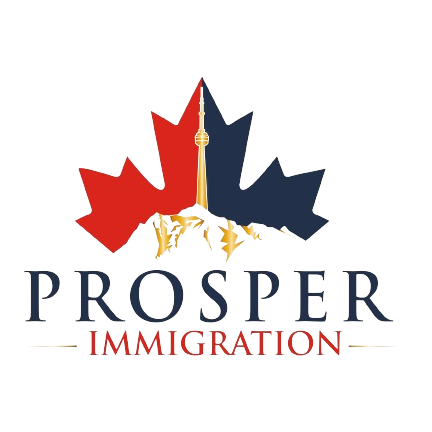Temporary Resident Visas (Visitor Visas) For Canada
Each year, Canada welcomes millions of temporary residents. All persons wishing to enter Canada as visitors must first get authorization, except Canadian citizens and permanent residents.
Overview
Individuals who want to visit Canada for a short-term reason, such as tourists, temporary foreign workers (people with working visas), and overseas students (people on study permits), should indeed apply for and be given a Temporary Resident Visa unless they are citizens of a visa-exempt country (TRV).
Before arriving in Canada by flight, citizens of nations without visa requirements are expected to have applied for and received an electronic travel authorization (eTA). The only exceptions to this rule are American citizens, who are exempt from needing either a TRV or an electronic Travel Authorization (eTA), and Green Card holders in the US, all of whom require an eTA to enter Canada. Individuals that require a TRV do not also need an eTA, and vice versa unless they are exempt from either requirement.
The TRV is a document that proves the holder has met the requirements for visitor entrance to Canada and was granted by a Canadian Immigration Visa Office outside of Canada. Both single entry and multiple entry TRVs are possible. Tourists are often permitted entry for six months. International students and temporary foreign employees may be admitted for a variety of terms that are decided on a case-by-case basis. You can request extensions from anywhere in Canada.
It is crucial to remember that simply having a TRV in good standing does not guarantee that the officer at the Canadian Port of Entry will allow the tourist entry. Every tourist to Canada is required to prove, at the Port of Entry, that their stay is just temporary. All individuals who, in the officers’ judgment, do not intend to depart Canada when their visitor status expires will not be allowed entry at the Port of Entry.
Remember the following:
- A medical exam may be required for some applicants. This applies to some people who want to stay in Canada and have recently traveled to specific nations, as well as others who want to work in specific professions in Canada.
- Criminal activity and health conditions could bar a person from entering Canada.
- Visitors visiting Canada are required to show that they have the means to support themselves for the duration of their anticipated stay.
- Biometric data may be requested from citizens of some nations.
Frequently Asked Questions (FAQs):
-
1. What is a visa for a temporary resident?
The right to enter Canada is unrestricted for both Canadian citizens and permanent residents. Other visitors to Canada, such as tourists, students, and workers, could require an Immigration, Refugees, and Citizenship Canada (IRCC) Temporary Resident Visa (TRV) to enter the country.
-
2. Is a Temporary Resident Visa required for everyone traveling to Canada?
If you are from a nation that does not require a visa to enter, you do not require a Temporary Resident Visa. In this scenario, a visa-exempt traveler to Canada would require an Electronic Travel Authorization (eTA), which they would need to apply for and get before boarding their aircraft. A person without a visa is not required to have either a TRV or an eTA if they are entering Canada via land.
Unless specifically exempted, citizens of all other nations must apply for a Temporary Resident Visa before entering Canada.
-
3. If I want to study in Canada, do I need a study permit?
There is no need for a study permit if your studies in Canada will last fewer than six months. If you are not from a nation where visas are not required, any studies that last longer than six months require both a Temporary Resident Visa and a Study Permit.
-
4. How can I become eligible for a work permit to enter Canada?
There are several different ways to be eligible for a work permit. In some cases, the Canadian employer must show that they were unable to fill the post with a Canadian citizen or permanent resident.
-
5. What can I do if my request for a TRV is turned down?
There is no official appeals procedure if your TRV application is denied. Additionally, you may only reapply if your circumstance has significantly altered or if you have a sufficient amount of new information to provide.
-
6. What can I do to assist a friend or member of my family in getting a TRV to travel to Canada?
If a friend or member of your family needs a TRV to travel to Canada, they must submit their initial application at the visa office in their home nation or region. You might send them a letter of invitation outlining how you’ll support their travel to Canada. You may say, for instance, that you’ll cover travel expenses or lodging. While a TRV application may benefit from a Letter of Invitation, it does not ensure that the applicant will be granted a visa.
-
7. What records are needed to apply?
You will need to send pictures, documentation of your financial stability, a photocopy of your return ticket or travel schedule (if applicable), and any other paperwork necessary by the visa office in charge of your nation or region in addition to the application forms and required costs.
-
8. I have a Green Card and live in the US. Do I have to submit a TRV application?
If crossing the border by land, all you need to do is show your passport and a current Green Card. You would require an Electronic Travel Authorization if you were flying into Canada (eTA).



